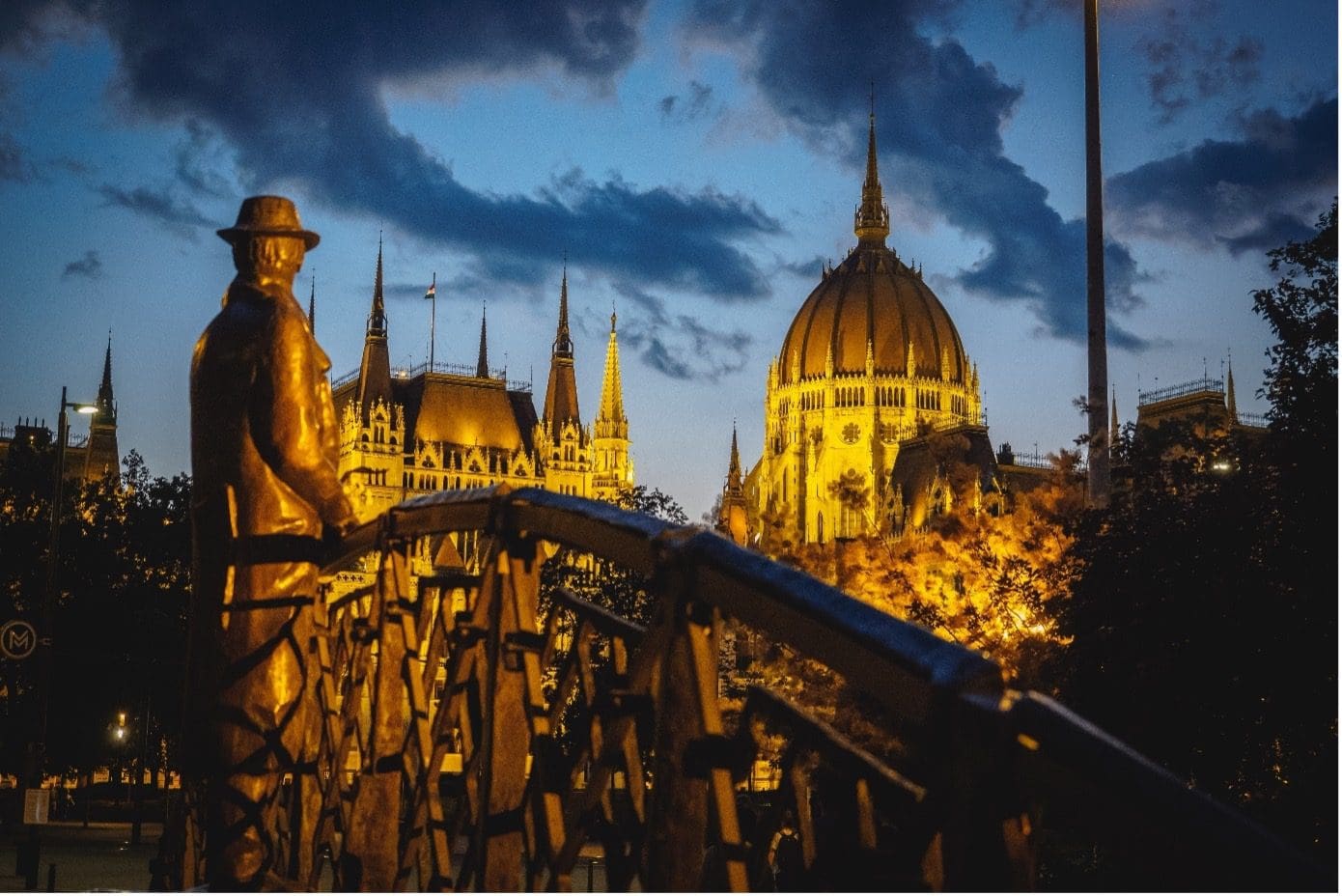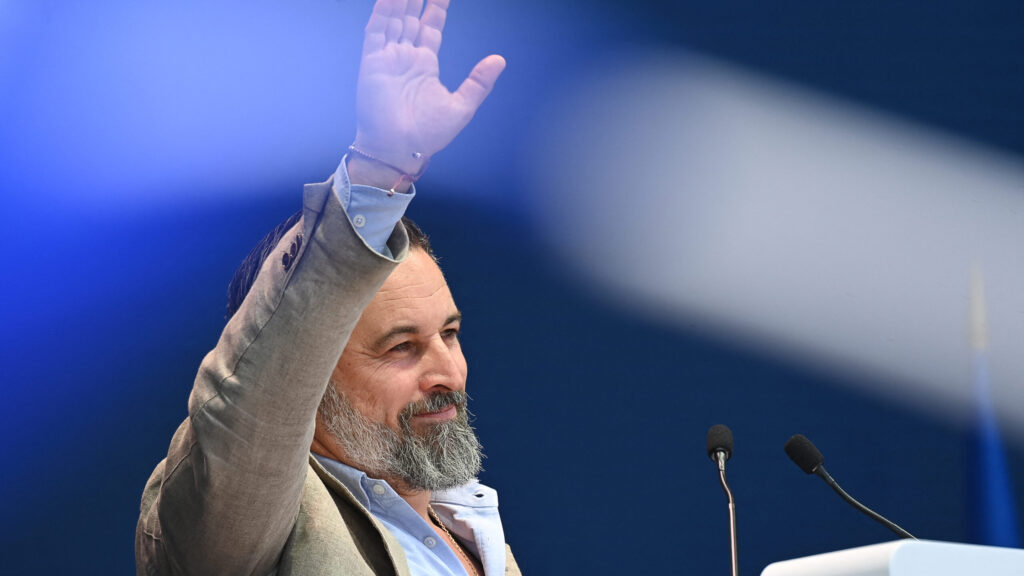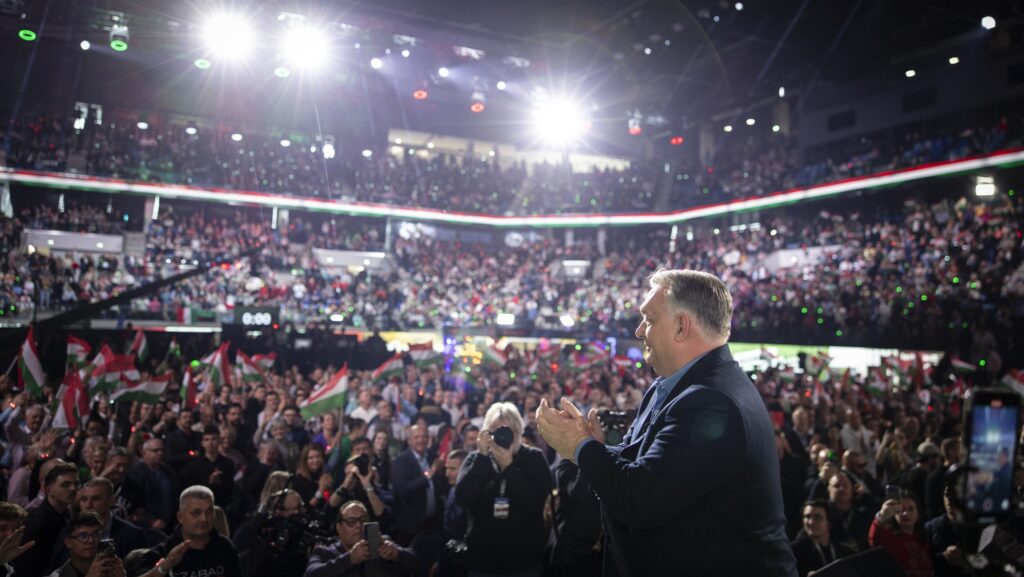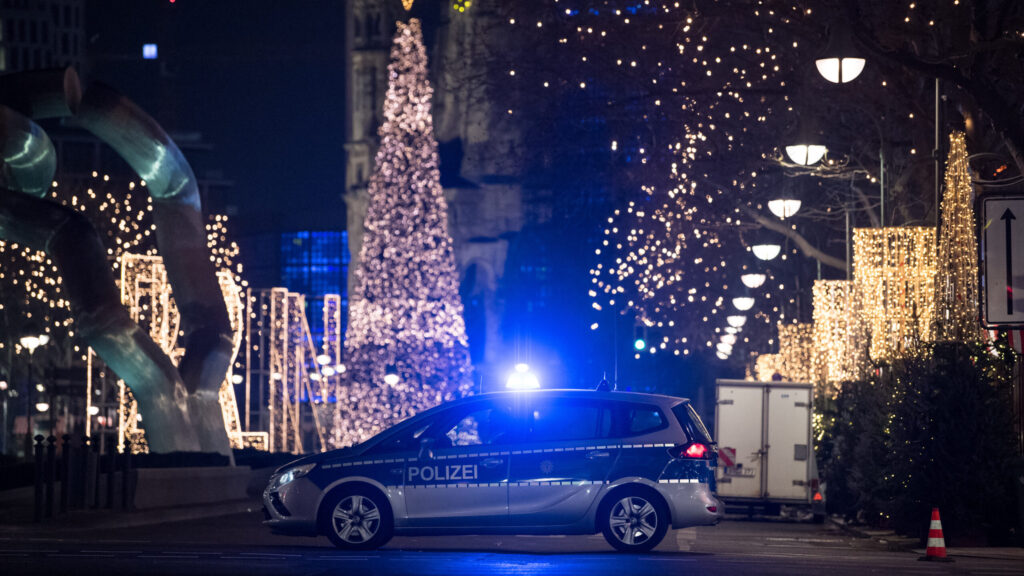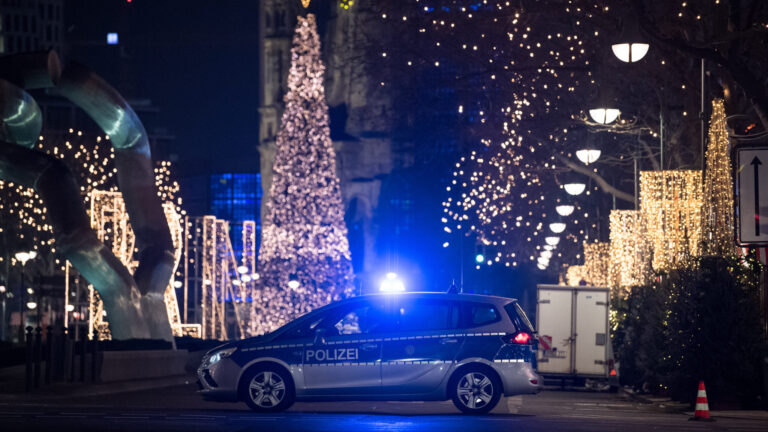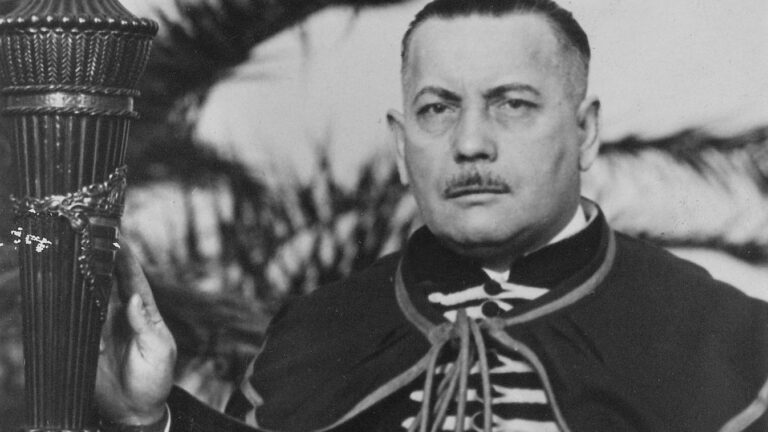16 June is the Remembrance Day commemorating the reburial of Imre Nagy and his fellow martyrs. Imre Nagy, Hungarian prime minister between 1953–1955, was executed following an unjust trial on 16 June 1958. During the 1956 Revolution, as prime minister, he committed the Hungarian regime to introduce a free multiparty system, leave the Warsaw Pact, and work towards the neutrality of the country. On 4 November 1956 when the Soviet troops defeated the Revolution, he sought refuge at the Yugoslavian Embassy. Soon, however, he was captured and eventually executed by the Hungarian one-party state-socialist regime. The re-examination of his trial, which dismissed all of the charges against him as groundless, and his subsequent reburial is one of the most influential events of Hungary’s democratization in 1989.
While Imre Nagy is known as a martyr of the Revolution, his remembrance is not without dispute. He was a committed communist, who joined revolutionary movement first in Irkutsk during the Russian Civil War (he got there when he was taken as a prisoner of war at the end of the First World War). While he spent some of the interwar years in Hungary—and after his brief detention—in emigration in Vienna, he returned to the Soviet Union in the 1930s. Among his jobs in the USSR was broadcasting Soviet radio programmes to the Hungarian public, spreading the message of world revolution. He returned to Hungary in 1944 as one of the leaders of the Hungarian Communist Party; first, he was the Minister of Agriculture then Foreign Minister and the President of the Hungarian National Assembly. Due to his disapproval of the forced and violent collectivization of Hungarian agriculture, he gradually lost his leading position in the Party.
To moderate the regimes of the Eastern Block, by Soviet command, Imre Nagy briefly replaced Rákosi as the leader of the country and tried to restore order by ending the most repressive actions of the Rákosi regime
After Stalin’s death, and due to the changes that occurred in the USSR as a result, the violent and totalitarian Rákosi leadership was challenged in Hungary. To moderate the regimes of the Eastern Block, by Soviet command, Imre Nagy briefly replaced Rákosi as the leader of the country and tried to restore order by ending the most repressive actions of the Rákosi regime. However, very soon—due to Rákosi’s influence in Moscow—Imre Nagy lost his support from the USSR. He was summoned to Moscow, but he refused to self-criticise his policies.[1] As a result, he was expelled from the party. He was restored as a party member only 10 days before the Revolution – a day after the Revolution started on 23 October, 1956, he became prime minister. He tried to pursue some of the demands of the Revolutionaries, but one the other hand, he also tried to moderate their claims. He declared cease fire on 28 October, but when more Soviet troops arrived at the capital (despite the cease fire), he declared that Hungary intends to leave the Warsaw Pact, accepting all main (and radical) demands of the Revolutionaries.
The Soviet troops reacted to the prime minister’s attempt to pull the country of the Eastern Block by breaking down on the resistance of the freedom fighters by force. In an intense and memorable speech Imre Nagy declared Soviet military intervention in Hungary and he soon sought refuge at the Yugoslavian Embassy. A bit later, on 23 November, on false promises, he left the Embassy, just to be captured and to be taken to Romania (with his family) against his will. A year later, on 14 April 1957 he arrived back to Budapest where he was subsequently arrested and sued. His trial was secret, with the outcome determined before the start of the procedure. He and his fellow martyrs were sentenced to death. Throughout the whole procedure he denied all accusations of wrongdoing and even questioned the authority of the court. Nevertheless, he was found guilty of treason, and he was executed. His and his fellow martyrs’ bodies were buried into a nameless grave.
Once the democratic transition started in Hungary, the revision of his trial and his reburial became one of the most important objectives of the country. His mourning ceremony which happened on 16 June 1989 on the Heroes Square in Budapest became one of the most important symbolical events of the democratic transition as well as the birth of a free Hungarian republic. The ceremony was attended by more than 250,000 Hungarians, while many more followed the television broadcast about the event. During the reburial, the caskets of Imre Nagy and four of his fellow martyrs were accompanied by a sixth coffin which was dedicated to all the victims and martyrs of 1956. [2] The ceremonial reburial of the unjustly executed prime minister demonstrated that his sacrifice was not a waste. Even though decades needed to pass to correct injustice and repression, freedom prevailed over authoritarianism.
[1] ‘A vádakat tagadta, kegyelmet nem kért halálos ítélete alól Nagy Imre’, Múlt-kor, (2021), https://mult-kor.hu/a-vadakat-tagadta-kegyelmet-nem-kert-halalos-itelete-alol-nagy-imre-20210607, accessed 27.05.2022.
[2] ’Nagy Imre és mártírtársai újratemetésének emléknapja’, Oroszlány.hu, (2020), https://www.oroszlany.hu/media/hirek/2020/06/16/nagy-imre-es-martirtarsai-ujratemetesenek-emleknapja, accessed 27.05.2022.

